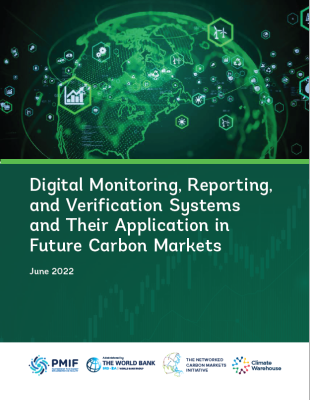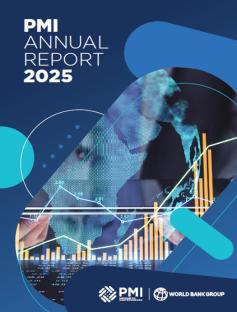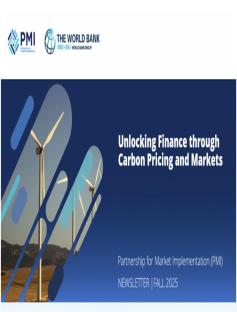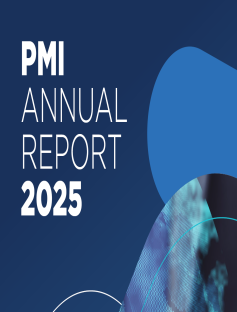International carbon markets under the Paris Agreement are significantly different from those under the Kyoto Protocol. Under the Kyoto Protocol, only developed countries had greenhouse gas (GHG) emission reduction targets, and the protocol defined how carbon units could be traded across countries under international market mechanisms, such as the Clean Development Mechanism (CDM). By contrast, under the Paris Agreement both developed and developing countries are required to submit GHG mitigation goals as part of their nationally determined contributions (NDCs). The purpose of this technical report is to illustrate the need for digital monitoring, reporting, and verification (D-MRV) systems to underpin future carbon markets under the goals of the Paris Agreement by discussing the available technologies and barriers to their adoption. It includes guidelines, tools, and lessons learned to promote the use of these systems and emerging technologies. Section 1 of the report makes the case for transitioning from a conventional monitoring, reporting, and verification (MRV) system to a D-MRV system. It also examines the resources needed to develop and implement a D-MRV system, and what an enabling policy and regulatory environment for D-MRV systems might look like. Finally, it suggests a tool for assessing whether a parameter can beneficially be monitored and reported under a D-MRV system.Section 2 offers case studies from across the world demonstrating how D-MRV systems can be used to monitor, report, and verify mitigation actions and greenhouse gas inventories linked to forestry and land-use projects, household and rural renewable energy projects, and even waste-to-energy projects. The case studies include lessons learned and best practices for developing, implementing, and managing a D-MRV system.




